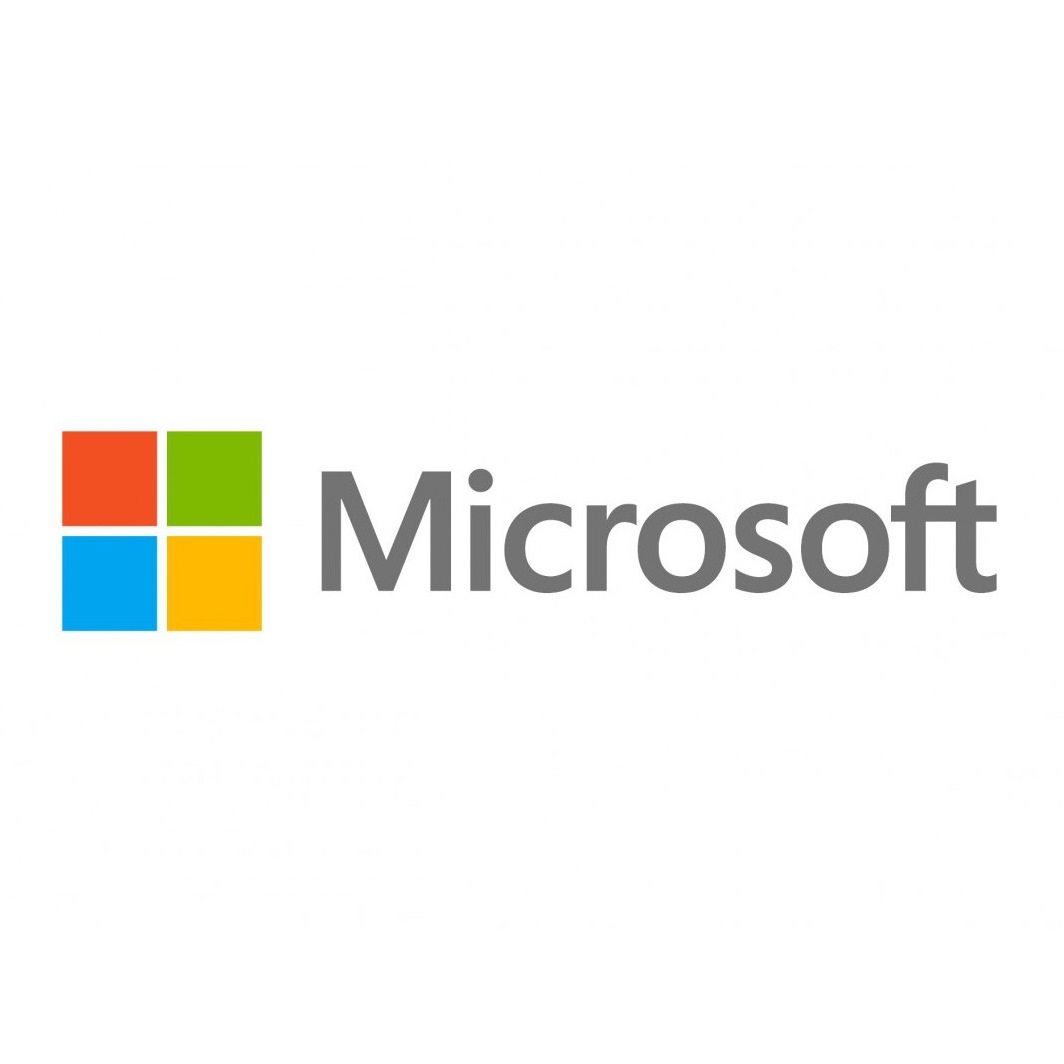Technology
Did Microsoft Get Enough Credit for Its Massive Buyback and Dividend Hike?

Published:
Last Updated:

Microsoft Corp. (NASDAQ: MSFT) may have just confirmed its longstanding position of being among the most shareholder friendly tech giants. Investors love dividends and they love share buybacks. So why was it that this week’s huge buyback and dividend hike were largely ignored by Wall Street?
One issue to consider now is that companies have been tempering the pace of their buybacks. They also have tempered their dividend hikes. Both forms of shareholder returns had been escalating for years. But now interest rates look like they might finally rise, and now many companies have too much of their cash overseas. That means some companies have to fund dividend hikes and/or share buyback plans by issuing debt.
Microsoft announced last Wednesday that it is authorizing a new $40 billion common stock buyback plan. The timing of this buyback is open.
Microsoft’s board of directors declared a quarterly dividend of $0.39 per share, reflecting a three cent or 8% hike over the previous quarter’s dividend. The dividend is payable December 8, 2016, to shareholders of record on November 17, 2016, and Microsoft showed that its ex-dividend date will be November 15, 2016.
Now let’s put this buyback in the light for a second for real-world figures. If Microsoft were to spend all $40 billion in short order, it would represent 9% of its $447 billion market cap. That would be a big boost to earnings per share ahead.
That $40 billion also would be among the largest ongoing buybacks of any company of any size. It also turns out that $40 billion is larger than the entire market caps of 384 members of the S&P 500 Index.
And it turns out that only about 15 companies in the S&P 500 or Dow Jones Industrial Average have spent $40 billion or more to buy back shares over the past decade. Microsoft is of course one of those companies, having spent right at $100 billion so far.
Now let’s put this $1.56 annualized dividend in the light. For a $57.43 close on Friday (down $0.39 at that), this yield would be 2.72%. That is the 18th highest technology dividend of the 71 technology stocks that make up the S&P 500 index. It also would move Microsoft up from being ranked 19 of 30 in the Dow dividends to a new rank of 17 out of 30.
Now we need to consider that Microsoft’s purchase price for LinkedIn Corp. (NYSE: LNKD) is a sum of $26.2 billion in cash. All of this returning of capital dwarfs that number.
So, did Microsoft get enough credit for this aggressive return of capital to shareholders? Not on the surface. Microsoft was not even on our own list of eight big dividend hikes coming before year’s end.
Microsoft shares were trading at $56.81 as of September 20, the closing price prior to the dividend and buyback hikes were announced. The pop on September 21 did go up to $57.76, and then to $57.82 on the following day, but the closing price of $57.43 on Friday means that the entire effort was a mere 1.1% boost to Microsoft’s share price from start to finish.
Maybe this is just one more bit of support for the theory that buybacks are just artificial boosts for earnings per share (EPS). Maybe they just offset what would otherwise be enormous pay to their employees. Either way, the reality is that buybacks do not always support gains in a company’s stock price — even if companies can become the single largest buyers of their own stock during periods of weakness.
This new $1.56 annualized dividend was three cents higher than the Thomson Reuters universe of analysts was predicting for 2016. On an EPS basis, that $1.56 compares to the consensus estimate of $2.79 from fiscal 2016 (June) and is versus a consensus estimate of $2.89 for 2017 and $3.22 for 2018.
With the Federal Reserve still jawboning that it wants to raise interest rates once in 2016 and then five times more during the 2017 and 2018 period combined, maybe companies are starting to wonder if borrowing all the endless billions of debt to leverage their balance sheets is still a great idea.
There are some flaws that may not be as evident these days in buybacks and dividend hikes. Still, this was a better boost than most investors had expected. It is a wonder it did not add more interest to Microsoft. Maybe the notion that Microsoft shares are up 34% from a year ago has something to do with the lack of interest.
Microsoft’s closing price of $57.43 on Friday compares to a 52-week range of $43.05 to $58.70. Its consensus price target from Thomson Reuters is $59.87, and the consensus price targets were recently shown as $59.50 a month and two months ago, and $57.76 back in June.
Thank you for reading! Have some feedback for us?
Contact the 24/7 Wall St. editorial team.